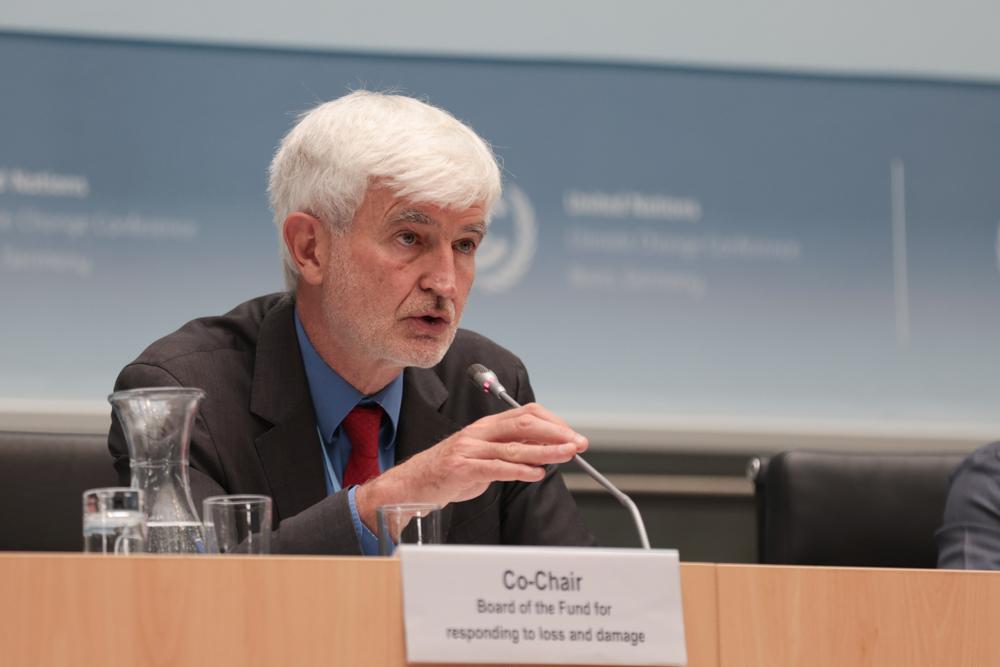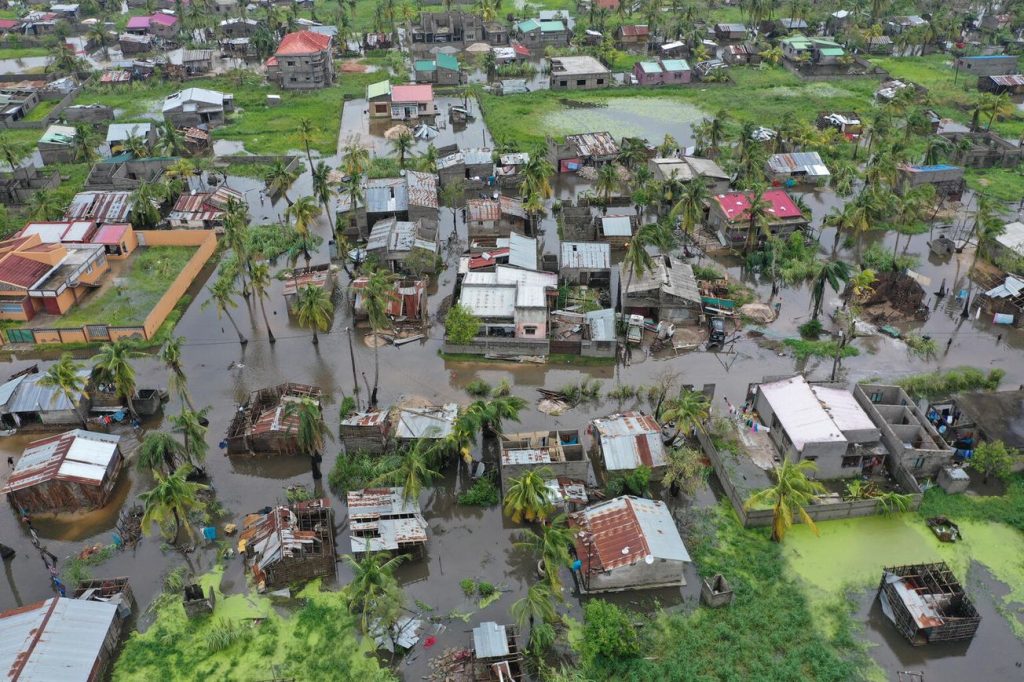COP28 is a few weeks away and the committee tasked with making recommendations on the design and operationalisation of the Loss and Damage Fund, has reached a conclusion in the nick of time. On Saturday 4 November 2023, the committee held an extraordinary meeting to agree on key sticking points, including whether developing countries should also be providing funds, and where the Fund will be located.
Late on Saturday, committee members agreed that the Fund would be temporarily located within the World Bank, and it was decided that neither developed or developing countries would be made to contribute. After blocking its adoption several times the US voiced its discontent and reportedly stated that it is “not a consensus document”. Notwithstanding the lack of support from the US and subsequent watering down during the course of the meeting, the text is still relatively weak on any meaningful financial commitments. Developed countries are “urged” to provide support for activities to address loss and damage, and developing countries are “encouraged” to do so voluntarily.
The US quibbled over the location of a comma, wanting it made clear that its contributions would also be voluntary, however the language in the current draft is sufficiently weak that it didn’t need any further dilution. US State Department officials reportedly told Reuters that they regretted that the text “does not reflect consensus concerning the need for clarity on the voluntary nature of contributions”. This hearkens back to long term fears by the US that any concessions around finance for loss and damage in official documents will be interpreted as a concession of legal liability for climate impacts and open the floodgates to climate litigation against the country.
The recommendations are equally weak when it comes to making sure the fund has enough money to become operational in the early years, one of its most vulnerable periods. Developed countries are simply “invited” to provide finance to operationalise the fund. There is no roadmap on fund contributions from individual developed countries, nor is there agreement on a floor of minimum finance to be provided, something developing countries were hoping to see. Attendees at the meeting indicated that developing countries were eager to see something passed, and after a year of haggling on these points, were willing to make substantive concessions to do so. Commenting on the outcome text, Alpha Kaloga, chief negotiator at the African Group of Negotiators, said “developing countries have lost one battle but not the fight for climate victims around the world.’
The agreed host of the fund was also not what developing countries had in mind. It came as a surprise to many earlier this year when the US proposed that the Fund be hosted within the World Bank, ostensibly because this will speed its operationalisation. This received strong criticism from developing countries, who raised concerns that the Bank lacked the organisational culture to administer the Fund, and that it was too slow, inefficient, and unaccountable to be up to the task. There have also been concerns that it would levy a sizable fee for its efforts, eating away at already minimal resources. The concern around organisational culture is valid, given the Bank’s lack of resolve and ambition when it came to climate finance reforms last month at its annual meeting. Moreover, not only is the World Bank’s president nominated by the US, it has only just agreed to include climate change within its broader mandate. Be that as it may, with a view to moving forward, developing countries agreed that the World Bank could host the fund on an interim basis for four years. The outcome text does however include various controls to assuage concerns around how the Bank might administer the Fund. These include measures to ensure the Fund’s Board has autonomy and an option to pull the plug on the World Bank arrangement, and turn the fund into an independent standalone institution (which is what developed countries wanted all along) should the Bank not comply with the guiding criteria.
Although a disappointment on these fronts, a more equitable compromise was reached on other design elements. On the question of beneficiaries, developing countries wanted all developing countries to have access, not just least developed countries (LDCs) and small island developing states (SIDS). The outcome text still refers to the fund as being to the benefit of developing countries that are “particularly vulnerable” to climate change, a term that no-one really knows the meaning of. However it also goes to provide for the creation of a future resource allocation system that takes a host of factors into account, including not just vulnerability but also the scale of a climate event, estimated costs and a minimum floor amount for SIDS and LDCs. Much of the devil will be in the detail of how this allocation system is designed in future.
The US proposal to include developing countries who contributed to the fund as Board members, widely seen as a backdoor to force the hand of larger developing countries to contribute, was also dropped, with developing countries now representing the majority of the Board. The text also provides for measures to ensure the Fund can be accessed directly through simple procedures, and (unclearly) suggests that the key form of finance will be through grants and “highly concessional” lending, something debt-laden African countries will be pleased to see.
Although a disappointment to many, at least the COP will have recommendations before it to deliberate on. Understandably, the Transitional Committee had an immensely difficult task to start with. They were given just a year to conceptualise the Fund and agree on its design details, and they were also charged with making recommendations on the wider mosaic of loss and damage finance available. Further, the discussion points within their remit go to the very heart of discontent between developed and developing countries under the negotiations. For one, the committee needs to find a middle path between developed country frustration on the rising political and economic profile of some emerging economies and their related emissions profiles, and the long standing position on equity and common but differentiated responsibilities that developing countries have held. It also pushes against sensitivities around where money will come from when developed countries aren’t forthcoming with their climate finance pledges, and the role of the private sector. In this context, the perseverance of the committee at the behest of the COP28 President, and willingness of developing countries to compromise in the spirit of moving forward, should be seen as an important step in ensuring the ultimate operationalisation of the Fund. But the text is not final yet, a point the US has made abundantly clear. With enough pressure ahead of COP and scrutiny by delegations, civil society and the media of the World Bank proposal and the language around finance commitments, we might see the needle move during COP28 to see a more robust and equitable arrangement.






